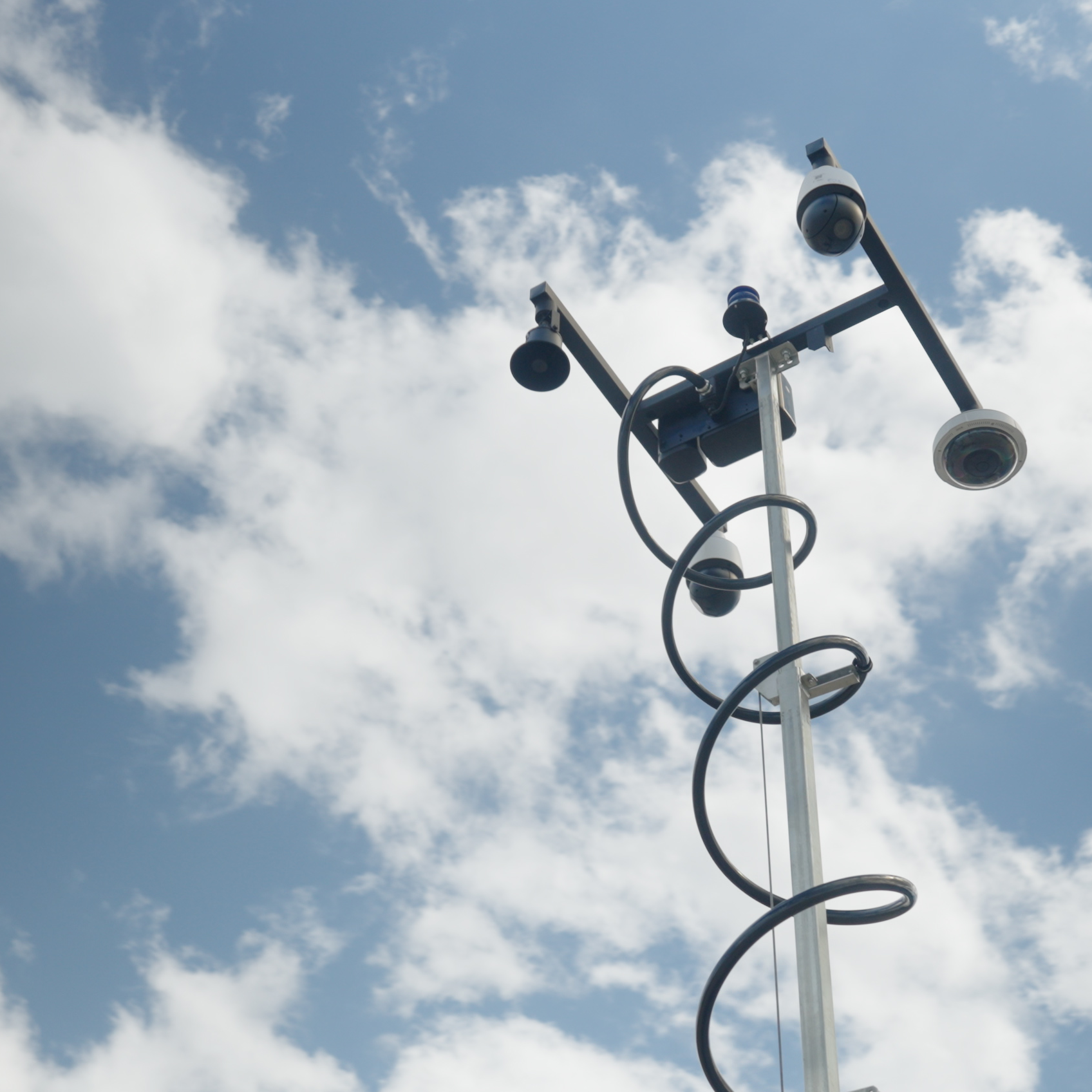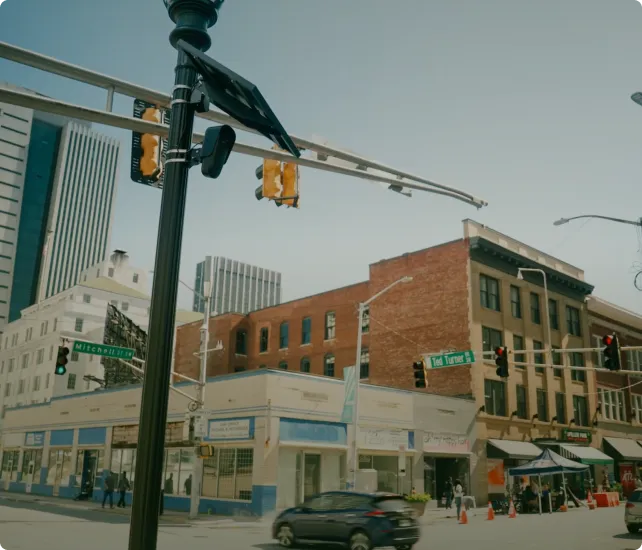


Healthcare facilities have people coming and going all day, every day. Patients, visitors, staff, and employees move around at all hours, sometimes making it hard to spot people who shouldn’t be there. Preventing unauthorized access is important to keep everyone safe. In this blog, we'll talk about common types of unauthorized access and simple steps you can take to prevent it.

Common Unauthorized Access Scenarios
There are several scenarios in which unauthorized people may enter healthcare facilities, each bringing its own risks. Here are a few examples:
1. People with Restraining Orders
Some people might have restraining orders that legally prevent them from visiting others. In the healthcare setting, this could be the case with patients, employees, or visitors. Without proper systems in place, these individuals might still find their way into the facility, putting others at risk.
2. Family Members or Patients with a History of Incidents
Some people who have caused trouble in the past, such as being violent or disruptive, might try to come back even after being banned from the premises. They can create a dangerous or stressful situation for patients, staff, and visitors alike.
3. Noncustodial Parents of Minors
In cases where parents are separated or divorced, the noncustodial parent might try to visit or take their child without permission. This can happen during visits to the hospital or clinic, and it puts children and staff in a difficult situation.

Steps You Can Take to Prevent Unauthorized Access
To prevent unauthorized access and protect everyone on the campus, healthcare facilities can use a variety of security tools and procedures:
1. Visitor Management Systems (VMS)
A VMS helps track visitors, ensuring that only authorized people enter the building. With many individuals coming and going at any given time, having an updated visitor management system in place is vital. These systems can scan IDs or use other methods to verify a visitor’s identity, making it harder for unauthorized individuals to enter the facility.
It’s also important to make sure your staff is aware of the expectations associated with visitation hours and how to effectively manage the system.
2. Visitor Badges
Along with implementing a VMS, giving all visitors badges makes it easy to see who belongs and who doesn’t. Different colors or types of badges can help identify where each visitor is allowed to go and how long they can stay. Consider badges with pictures of the visitor to ensure the badge is being worn by the correct person at all times.
3. License Plate Recognition (LPR) Cameras
LPR cameras can capture the license plate information of every vehicle that enters the parking lot of your facility, creating a virtual perimeter. This helps keep track of who is coming and going day and night. If someone isn’t supposed to be there, security can be alerted quickly with an alert from the system. This can be particularly useful for preventing known offenders from entering the property
West Cancer Institute demonstrated this approach when they installed LPR cameras. After an employee expressed concerns about a domestic violence situation, the administration offered to add the individual’s vehicle to a Flock custom Hot List. This meant security would be alerted immediately if the vehicle entered the parking lot, allowing them to take swift action. The employee expressed gratitude for the administration’s proactive approach, appreciating the extra steps taken to ensure their safety.
4. Enforce Visiting Hours
Setting specific visiting hours is a simple but highly effective way to manage who is on a healthcare campus at any given time. By restricting visitor access to certain hours, facilities can significantly reduce the number of people moving through the building, especially during non-peak times like late at night or early in the morning. This can be enforced with your VMS system, allowing staff to keep track of visitors coming in and out of the facility.
5. Staff Training
Empowering employees to effectively prevent and respond to unauthorized individuals is a crucial step in maintaining security. Employees should be trained to spot suspicious behavior or notice when someone is in a place they shouldn’t be. Regular training ensures everyone is ready to act if something seems off.
You should also make sure to disseminate how your policies and tools are functioning to ultimately keep employees safe. This extra effort can lead to increased peace of mind – and staff retention – as employees better understand the steps you are taking to protect their well-being.
Conclusion
Healthcare facilities face many challenges when it comes to keeping unauthorized people out, but it’s possible to reduce the risks. By implementing strategic tools and policies, healthcare campuses can improve security and protect patients, staff, and visitors. A safer environment benefits everyone involved.





Contact us
Discover how communities across the country are using Flock to reduce crime and build safer neighborhoods.

.webp)








